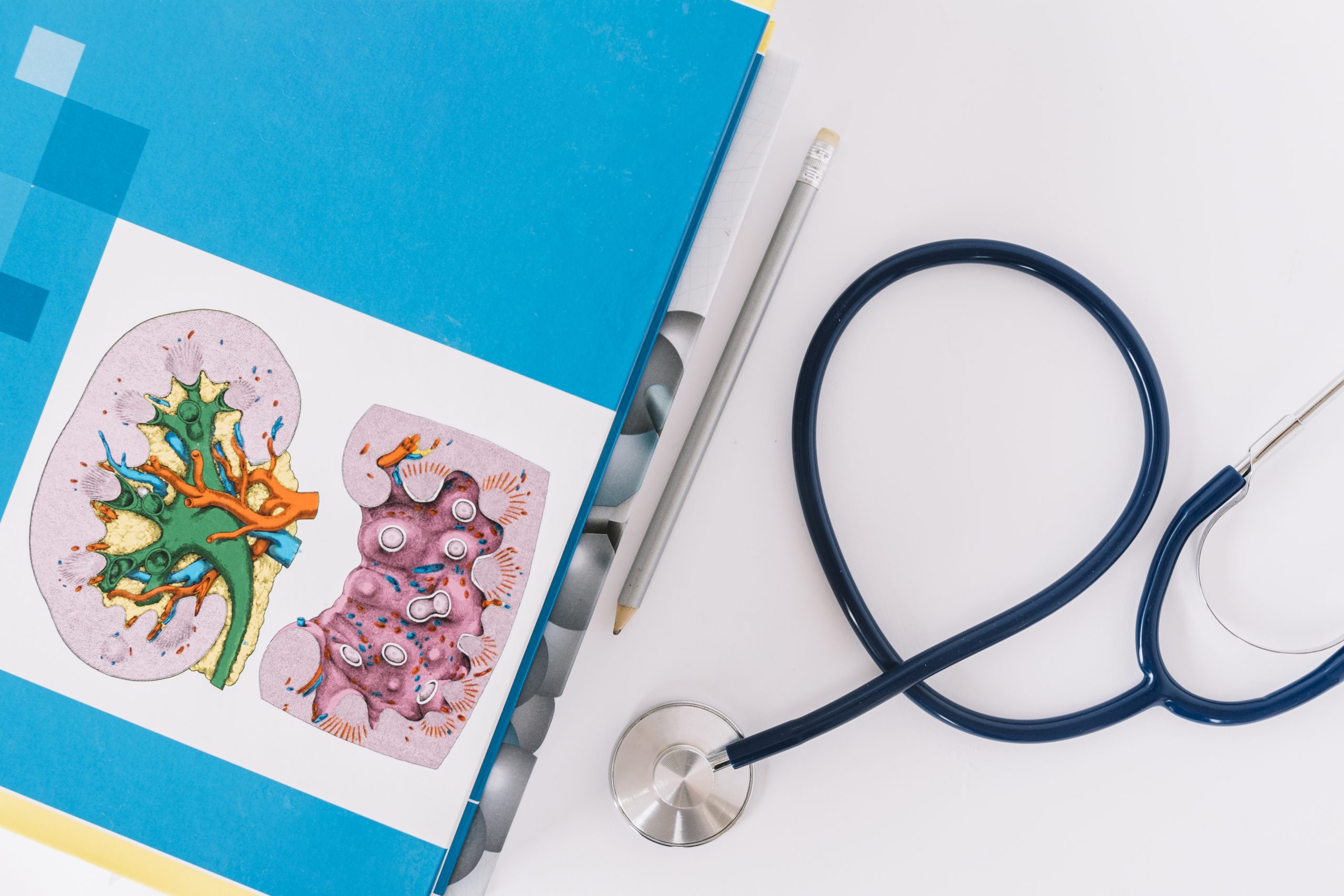Maintaining Healthy Kidneys
If you’ve ever had a kidney stone, you will never forget the pain of that tiny jagged mineral deposit working its way through your urinary tract until it finally passes. By a large margin, the most common kidney stones (80%) are the result of calcium combining with oxalic acid.1 These types of crystals are called oxalate stones. A low urine citrate level is a major factor in calcium oxalate stone formation. Increasing urine citrate levels has been shown in clinical trials to prevent kidney stone formation.2 Continue reading to find out how to help increase urine citrate levels.

Causes and Risk Factors of Kidney Stones
Early Signs of Kidney Stones
If you have a small kidney stone that moves easily through your urinary tract, you may never know you had a kidney stone at all because there may not be any symptoms. However, if you have a larger kidney stone, you may notice one or more of the following symptoms5:
If you’re experiencing any of these symptoms, it’s time to see your physician. The sooner you can be seen by your healthcare provider, the better.
Kidney Stones Prevention and Support
Once you experience a kidney stone, you’ll do just about anything to avoid another. While there is no way to completely prevent kidney stones, there are proactive steps you can can take to reduce your risk. The most important step is to talk with a professional about an appropriate protection plan that includes LithoBalance™. He or she may also suggest lifestyle changes that could help you avoid future Kidney Stones.6
Understanding what your kidney stone is made of, your physician may provide specific diet recommendations to help prevent future kidney stones. If you have a health condition that makes you more prone to have kidney stones, your physician may speak to you about treatment options. He or she may speak with you about a long term plan that includes, LithoBalance™.
Why Choose LithoBalance™?
LithoBalance™ contains premium evidence-based ingredients that decrease the likelihood of calcium oxalate kidney stones formation. Not only does the LithoBalance™ formula provide needed hydration, it provides a significant increase in urine pH. Learn more about the high quality ingredients found in LithoBalance™ by clicking the button below.
- Coe, Fredric. Kidney Stone Types. University of Chicago. View Article
- Reddy, et al. Effect of Potassium Magnesium Citrate & Vitamin B-6 Prophylaxis for Recurrent and Multiple Calcium Oxalate and Phosphate Urolithiasis. Korean Journal of Urology (KJU). 2014 Jun; 55(6): 411–416. View Article
- Scales, et al. Prevalence of Kidney Stones in the United States. European Urology. 2012 Jul; 62(1): 160–165. View Article
- Kidney Stone Risk Factors. Mayo Clinic. View Article
- Kidney Stone Causes, Symptoms, Treatments, & Prevention. American Kidney Fund. View Article
- Pendick, Daniel. 5 steps for preventing kidney stones. Harvard Men’s Health Watch. Oct. 4, 2013. View Article
All of the following links are independent research studies and are not sponsored or endorsed by AmPurity Nutraceuticals, LLC. Clicking a link will open in a new window and will take you away from ampurity.com.
